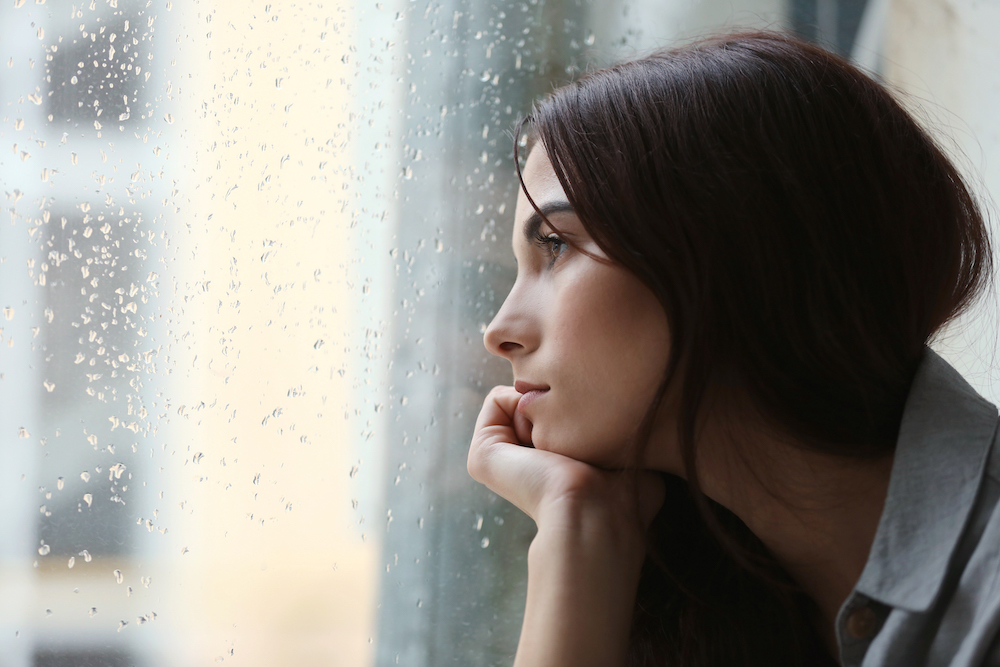
It’s hard not to notice that the days are becoming shorter and the nights longer. The last barbecue of the summer has been eaten, the summer fairs are all but over and the Halloween, bonfire night and Christmas decorations are in the shops.
For many, autumn is a magical time of year, as the leaves turn golden brown, russets and reds as they fall gently from the trees to create a crunchy leafy blanket underfoot.
It’s a time for collecting conkers, drinking pumpkin spiced hot chocolate, and looking forward to cold nights snuggled-up with a good book or film.
And yet for some people, the darker nights and shorter days signal the start of the most depressing time of the year.
Seasonal Affective Disorder otherwise known as SAD or Winter Depression affects millions of people each year, in varying degrees. SAD is often triggered by a reduced level of sunlight in autumn and winter.
The decrease in sunlight may disrupt the body’s internal clock and cause a drop in serotonin, a brain chemical that affects mood. It is also believed that the body’s melatonin levels are compromised in darker months which can lead to disrupted sleep patterns and altered mood.
People who suffer with SAD may joke that they feel like hibernating for the winter and re-emerging in the spring, a bit like a hedgehog or a dormouse.
The truth is though, that SAD is more than just the winter blues; or feeling a bit fed-up, it can be a serious form of depression that leads to anxiety, worry, overthinking, raw emotions, persistent negative thoughts, lethargy, and mood swings.
If you or someone you know is struggling with these symptoms the first port of call should be to the GP who can advise the best treatment.
There are a few things that you can try yourself to lift the first signs of SAD
Take daily fresh air and exercise, mid-morning if possible, or when the sun is at it’s most powerful – this will help increase Vitamin D production
1 in 5 people in the UK are Vitamin D deficient. Supplements are available over the counter to increase vitamin D which is proven to be essential for good physical and mental health. Eating a diet rich in leafy greens and lean protein will also help
Invest in a light box, this product replicates daylight and can be plugged in at home, sitting in front of it for 30 minutes per day will boost the body’s production of melatonin which should help regulate sleep pattern and make you feel happier
Talk to friends and family about how you are feeling, they will be able to support you when you don’t feel like going out or being sociable
Try and keep yourself busy, especially if you feel like napping. A cheeky afternoon nap could jeopardise a deep sleep in the evening, which will leave you frustrated, tired and out of sorts
The good news is that SAD is treatable, and you don’t have to put up with it. See your GP early and look for the brightness in every day.
Shannon Humphrey is a Youth and Adult First Aid for Mental Health Instructor, find out more about her work at www.pathwaysforpositivity.com


